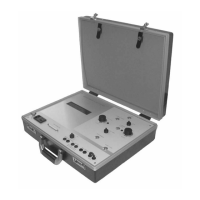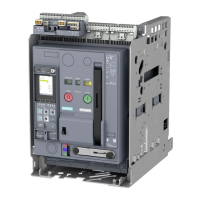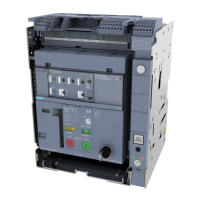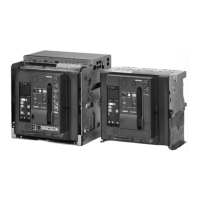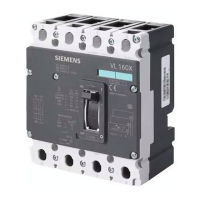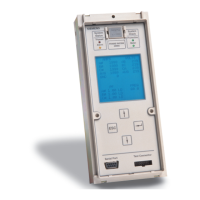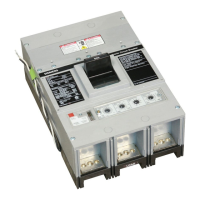Accessories
4.3 Connection system
3VA molded case circuit breakers with IEC certificate
Manual, 03/2019, A5E03603177010-03
213
The cable must be stripped carefully to ensure that the correct amount of insulating material
is removed. If too much material is removed, it will not be possible to make a secure
connection between the cable and compression lug or wire-end ferrule.
Cable lugs for compression connections compliant with DIN 46235 have ideal heat transfer
characteristics for connecting busbar connectors. By contrast, "Terminal lugs with narrow
palm for switching devices" (designation "SG" for example) must be used to make direct
cable connections in the termination area of the molded case circuit breaker. These terminal
lugs vary in design depending on make. All terminal lugs of this kind with the dimensions
stipulated in standard IEC 60947-1, Annex P are basically suitable.
Cables and busbars: Busbars
In addition to cables, the busbar is also widely used in electrical connections, especially in
panels.
Some of the reasons for using busbars include:
● High-curvature bending radii which are unsuitable for cables of large cross section
● Lack of space
● Heat dissipation, air circulation
● …
Rigid and in some cases flexible busbars are used in the examples of applications listed
above.
Rigid busbars are made of copper or aluminum. Pre-punched aluminum busbars, some of
which are threaded, are often used.
Flexible busbars are chosen for applications which demand a high degree of flexibility and
high-curvature bending radii. These consist of bundles of copper or aluminum strips.

